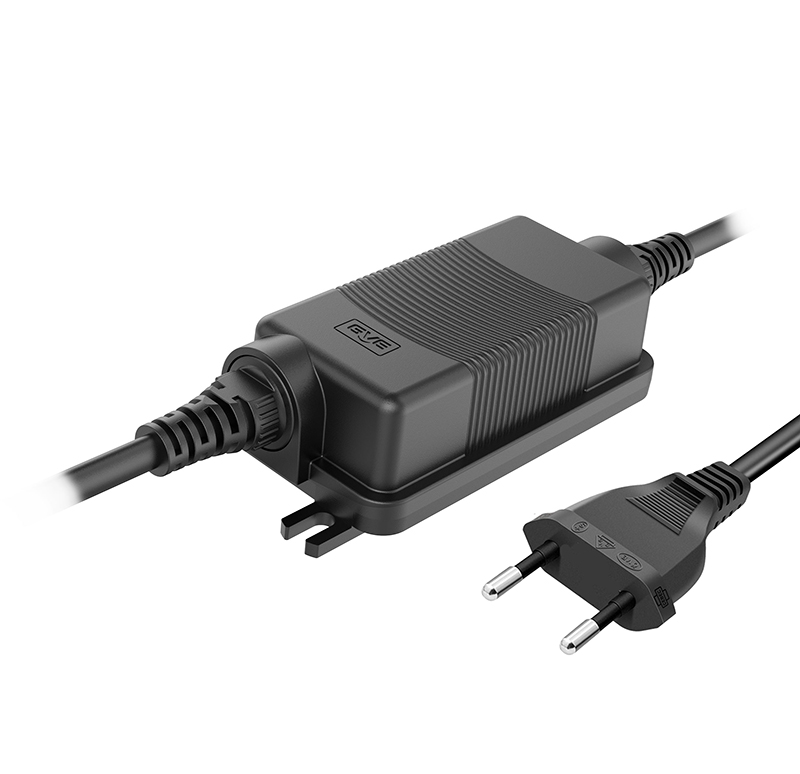Why Waterproof Power Adapters Are Becoming a Must-Have in Modern Electronics?
If you look around your home or workspace, you'll notice that more devices than ever are living outside the places they once belonged. Smart home hubs sit in humid kitchens, LED strip lights wrap around outdoor patios, security cameras hang on fences through rain and heat, and portable speakers follow us to pools, beaches, and construction sites. All of these devices have one thing in common: they need safe, stable power—often in environments that aren't exactly friendly to electronics.
That's why waterproof power adapters have become one of the unsung essentials of modern electronics. They're no longer niche accessories for industrial gear; they've become mainstream components, expected to withstand moisture, dust, splashes, and sometimes full-on outdoor exposure.
The Shift Toward Outdoor and Semi-Outdoor Electronics
A decade ago, most consumer electronics stayed indoors. Today, the explosion of smart outdoor lighting, Wi-Fi surveillance cameras, solar-powered devices, and landscape LED drivers has changed the landscape. These products often operate in places where humidity is the norm and the weather can't be controlled.
Manufacturers have responded by upgrading not just the devices themselves but also the power accessories that support them. A waterproof light might survive the rain, but if its AC adapter fails at the first splash, the whole system goes down. This has pushed demand for IP67 and IP68 waterproof power supplies, which are now found in everything from garden lighting to commercial signage.
Safety Is Driving the Demand
One of the biggest reasons waterproof adapters are becoming a necessity is safety. Water and electricity are notoriously incompatible, and even small exposure can cause short circuits, electric shocks, or long-term corrosion.
A high-quality IP67 waterproof AC adapter prevents moisture intrusion using sealed housings, robust strain relief, and resin-filled interiors that protect internal components. For applications like LED landscape lighting or outdoor routers, this isn't just a convenience—it's a requirement to keep systems running without risking hazards.
Reliability in Harsh Environments
Anyone who has run cables outdoors knows that the weather is only part of the problem. Dust, insects, UV exposure, and temperature swings are constant threats. Waterproof adapters designed for harsh environments typically use:
● UV-resistant enclosures
● Fully sealed connectors
● Over-current and over-voltage protection
● Industrial-grade insulation
This makes them ideal for factory automation equipment, CCTV installations, marine electronics, and even agricultural sensors, where reliability is more important than looks.
For example, manufacturers like GVE and other OEM waterproof power supply factories have focused heavily on creating compact yet rugged AC/DC adapters that can live outdoors for years with minimal maintenance.
Growth of Portable and On-the-Go Electronics
As people carry electronics everywhere, from travel chargers to foldable solar panels, there's a growing expectation that these devices won't fail because of spilled drinks, sweat, or unexpected weather.
A water-resistant USB-C power adapter might seem like a luxury until you've tried charging your phone on a damp campsite table or plugging in a speaker near a poolside bar. Today's consumers are less tolerant of fragile accessories and more likely to choose rugged, weather-ready options—even for everyday use.
Design Trends: Smaller, Tougher, Smarter
We're also seeing a strong trend toward smaller, high-efficiency adapters that still offer waterproof protection. GaN (gallium nitride) technology is helping manufacturers shrink power bricks without sacrificing durability.
Meanwhile, smart features like surge protection, temperature monitoring, and auto-recovery circuits ensure that waterproof adapters don't just survive the environment—they actively protect the devices they power.
This combination of durability and intelligence has made waterproof power adapters appealing in commercial and residential settings, especially for LED power supply systems, smart home controllers, and IP-rated outdoor devices.
Why Manufacturers Are Standardizing Waterproof Options?
Electronics brands have recognized that incorporating waterproof power options enhances customer satisfaction and significantly reduces warranty claims. It's cheaper to sell a slightly more robust adapter than to replace an entire device damaged by water ingress.
Additionally, as regulatory bodies push for safer outdoor electrical installations, waterproofing is no longer a nice-to-have. It's becoming a standard. Many OEM and ODM power supply factories now treat waterproof and dustproof protection as a baseline requirement for outdoor-oriented products.
Conclusion
Waterproof power adapters aren't just for special applications anymore—they're becoming an everyday necessity as electronics expand into outdoor, mobile, and high-moisture environments. Whether powering LED landscape lights, security cameras, or portable speakers, these adapters add a layer of safety, reliability, and longevity that modern users expect.
As technology continues to move out of traditional indoor spaces, the industry's push toward IP67/IP68 waterproof power supplies will only grow stronger. In short, waterproof adapters are no longer optional—they're simply keeping up with the way people live and use electronics today.
GVE is one of the waterproof power supply manufacturers in China; Click Waterproof Power Supply Collection to browse for more details.

